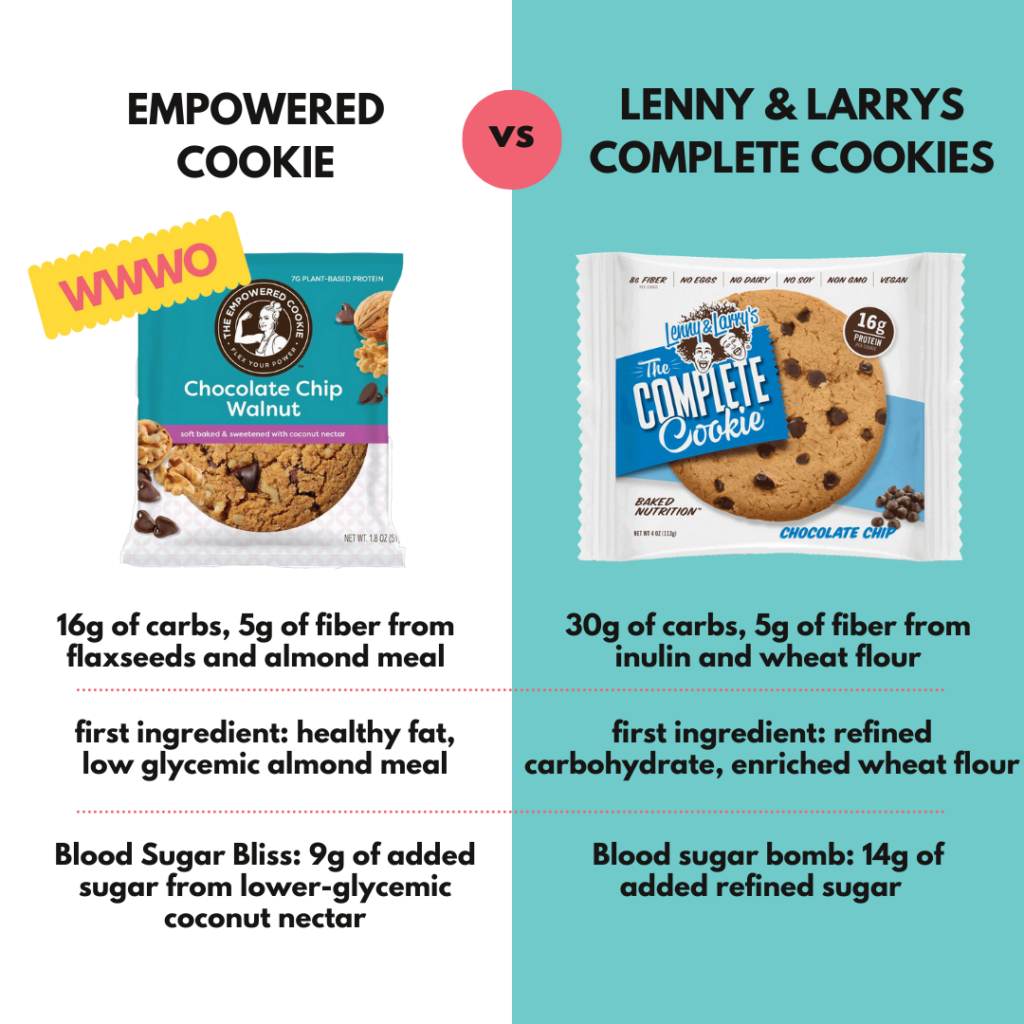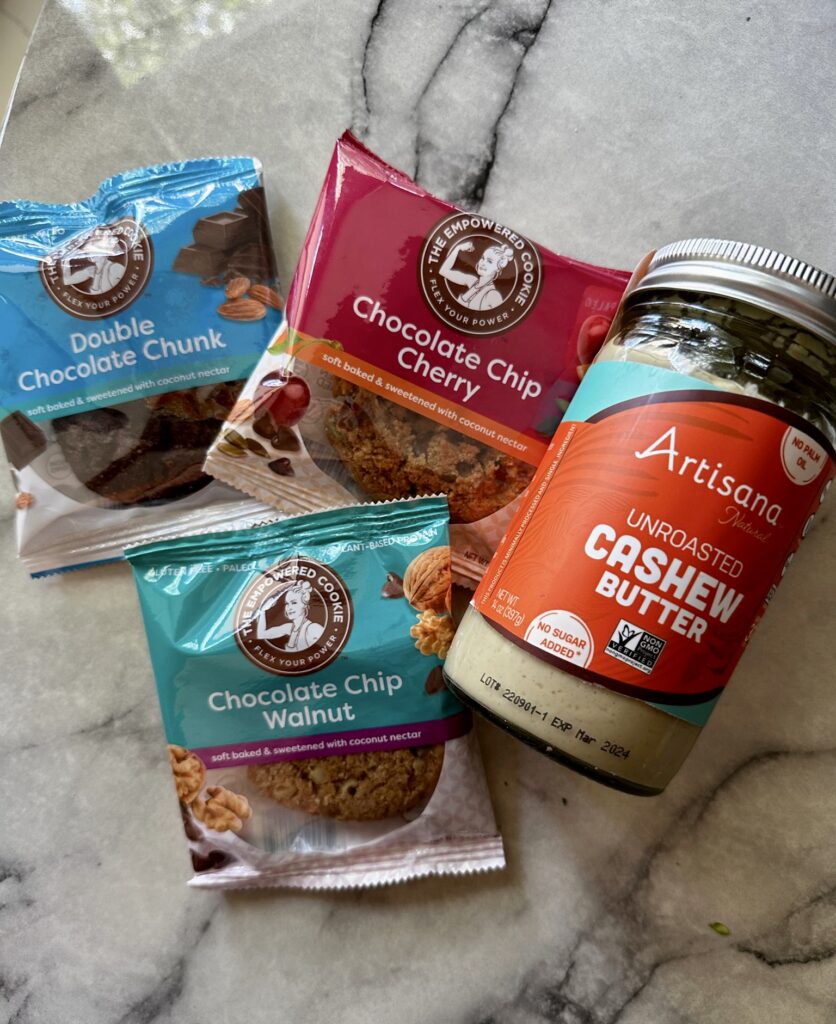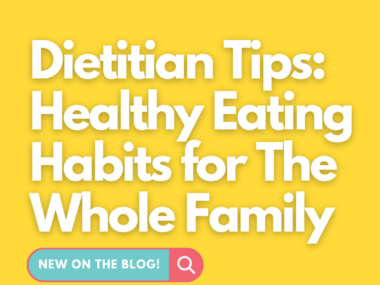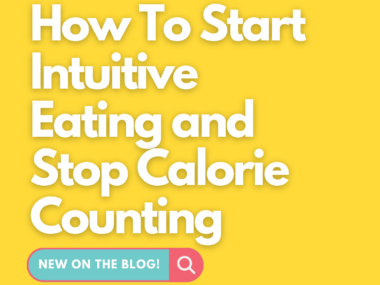Frozen Waffles, granola bars, and cereal; the standard American healthy breakfast
Although these foods are accepted in the American diet as acceptable breakfast options, they’re far from nutritious! Usually, these highly processed convenience breakfast foods directly contribute to poorly balanced blood sugar and the inevitable 10 am blood sugar crash because they’re mostly made of refined carbohydrate and more than your daily added sugar recommendation. Considering 1 in 10 Americans have a diabetes diagnosis, it’s time to start your day with a healthier, nutritious breakfast!
What is a healthy breakfast?
For optimal blood sugar (which supports stable energy, mood and easier fat loss) it’s best to start the day with a low-glycemic, high protein meal that also contains fat and fiber. First, start with20-30 grams of protein at breakfast (and really, most meals). This amount of protein will keep you fueled and filled until your next meal. Additionally, making sure to incorporate complex carbs, veggie fiber and fat alongside that protein is a recipe for a great start to your day! If you’re starting your day properly nourished, you’re less likely to reach for that office doughnut and avoid the inevitable blood sugar crash. Doughnuts for breakfast? Not the best idea. But, what if I told you cookies for breakfast were an acceptable choice?
What can I eat for a quick and healthy breakfast?
Meet, Empowered Cookies!
As a Registered Dietitian and Certified Diabetes Educator, I take my breakfast very seriously. I am always looking for something quick, blood sugar friendly and delicious, and that’s when I’ll grab an Empowered Cookie. Yup, I’ll eat a cookie for breakfast and here’s why:
- Empowered Cookies are low glycemic! They have a 3:2:1 fat, carbohydrate to protein ratio.
- They’re made with real food, blood sugar friendly ingredients that don’t cause a blood sugar crash; almond meal, flax seeds and coconut nectar.
- The ingredients are simple and straightforward. Plus, most of them are organic!
- And, you can eat the whole cookie!
In my 7 years of practice, and especially now as a first-time mama, I know that convenience is key. It should be noted, convenience does not mean sacrificing health and nutrient needs. Convenience has to mean easier access to protein rich, low glycemic foods that fuel me! And, the best way to ensure your convenience foods are supporting you and not wreaking havoc on your blood sugar? Reading your labels.
You’ve heard me talk about the importance of label reading before, and I’ll continue to preach about it. Why? Because label reading is one of the most important, and most simple, steps you can take towards achieving #bloodsugarbliss! Your morning meal will pave the blood sugar balance road ahead. It is important to pause and make sure your quick brekky is both nourishing and balanced.
The Importance of Label Reading
Now, let me pause and take you back to the year 2013, when my understanding of label reading was not quite where it is now. I was an undergrad who thought Diet Coke and Lenny & Larry Complete cookies were a great low calorie afternoon snack. That packaging was incredibly deceptive and I wish I would have taken a moment to tread the label. I was swayed by the packaging boasting about “16g of protein” alongside the big vegan certification on the label. Unfortunately, I didn’t think reading the label in depth was necessary. And, like most of my patients, this assumption led me through a long history of lonely carb consumption.
Without a double, Lenny and Larry’s cookies are actually quite, incomplete! These cookies are dense in carbohydrates with enough for almost two meals! They contain four types of added sugar; 80% of one’s daily added sugar recommendations. In addition, the first ingredient is also enriched white flour; no fiber to be seen! Clearly dietitian Whitney is cringing at student Whitney’s choices. That misinformation and sneaky marketing the food industry uses is one of the main reasons behind my passion for label reading education. After mastering it myself, I’ve now educated over 2000 patients on how to support blood sugar levels simply by taking a moment to read labels.
As you can see, label reading is essential to your overall health, but especially for blood sugar management. You can avoid high sugar, high carb snacks and quite literally eat cookies for breakfast by taking a few minutes to read the label. If we haven’t had the pleasure of discussing this in a 1:1 session or through one of my Diabetes Mastery courses, you can keep reading. Below you will find my five tips on how to properly read a label and still be able to grab a quick, convenient and delicious breakfast on the go!
Label Reading Tips from a Dietitian
1. No Lonely Carbs
This rule applies across the board, but especially at breakfast. If you’re in the mood for a traditionally higher carb breakfast, like pancakes or cereal, make sure it’s paired with protein and/or fat. Eat your protein first, and your carbs last. Swap the reduced fat milk with full fat greek yogurt in your cereal for protein, and smear your pancakes with a slather of nut butter for healthy fats. Your blood sugar will thank you later on in the day.
2. Where’s The Fat?
What about the fat? Fat is essential for blood sugar balance and is an important part of a balanced meal (VPFC baby!). Incorporate more heart healthy sources of fat such as flax seeds and nuts to your meals and snacks. If your low-carb protein bar is chalk full of soybean oil and palm oil, probably best to swap it out. Also, we want real food sources of fat that not only support healthy blood sugar levels, but also heart health. A few simple swaps to shoot for when it comes to fat:
- Highly Refined Butter for Grass-Fed Butter
- Palm oil for coconut oil
- Vegetable Oil for Organic Sunflower Oil or Avocado Oil
3. Sneaky Terms
Just because the word “protein” or “plant-based” (hello Lenny and Larry’s!) is plastered across the package in bold letters, doesn’t make that convenience food the smarter choice. Verify👏🏼your👏🏼facts and read the label. It may have 8g of protein per serving, but it may also have 4x that amount in carbohydrates. Blood sugar beware!
If you see terms like keto, gluten-free or plant-based, it’s still wise to turn the package around and read the nutrition breakdown. We want to see more protein than carbohydrate per serving, as well as plenty of fiber and little added sugar. I’ll hit on the importance of ingredients a little later on.
4. Fiber Check
Speaking of fiber, how much fiber do I need? I recommend getting at least 5-10 g of fiber per meal, and around 25-30g per day. Fiber helps maintain blood sugar by slowing down digestion and absorption of nutrients, which includes glucose. And while you’ll see more and more added sources of fiber like tapioca fiber (which are acceptable in moderation) I recommend real food sources of fiber first, like flaxseeds or chia seeds which are also sources of heart healthy fats. One Empowered Cookie boasts 14% of your daily fiber intake thanks to the flaxseeds and almond meal. That’s equal to the amount of fiber you get in a medium apple or small banana. Clearly that’s a win on the fiber end!
5. Prevalence of ingredients
On food labels, ingredients are listed in order of their prevalence in the recipe. The first ingredient is the bulk of the recipe; the farther you get down the list, the less prevalent that ingredient is. This is important to be aware of because the first three ingredients should be blood sugar supporting, NOT spiking. When it comes to convenience breakfast foods, I like for the first few ingredients to be a source of protein, fat and/or fiber. For example, the first ingredient in an Empowered Cookie is almond meal, which is a low-glycemic, lower-carb alternative to traditional enriched flour. Paired with a quick protein like hard-boiled eggs or greek yogurt, and these cookies would be a perfectly balanced breakfast on the go.
To support blood sugar, you also want to avoid excessive amounts of added high-glycemic sugars such as traditional cane sugar, syrups and high fructose corn syrup. Look for lower-glycemic, plant-based sweeteners when possible such as coconut nectar, dates or monk fruit. As always, use in moderation and make sure to always pair with protein and/or fat! 
A healthy breakfast cookie
While each Empowered Cookie has a well-balanced macronutrient ratio, I still like to pair it with an additional source of protein to hit my 20-30g of protein per meal. I’ll crumble a cookie onto greek yogurt with berries or onto a thick protein-rich smoothie, and make the yummiest breakfast parfait. In fact, they’re also a great blood-sugar friendly treat when you are craving a sweet to pair with your mid-afternoon coffee. You can roder Empowered Cookie on their website with code WN15 for 15% off and try all six of their delicious flavors! My favorite? Definitely the Chocolate Chip Walnut!
Are you looking to better your understanding of blood sugar balance? Or are you struggling to find nutrient-dense, blood sugar friendly alternatives that the whole family will love? Check out my 12-week meal guide or book a discovery call to work with me!
This blog post was sponsored by Empowered Cookie through the creation of a thoughtful partnership with the intention of educating the masses on wholesome health concepts. Whitness Nutrition takes every partnership seriously and Whitney upholds her role of a #honestinfluencer to a high standard. Never hesitate to reach out with comments, questions, or concerns.





